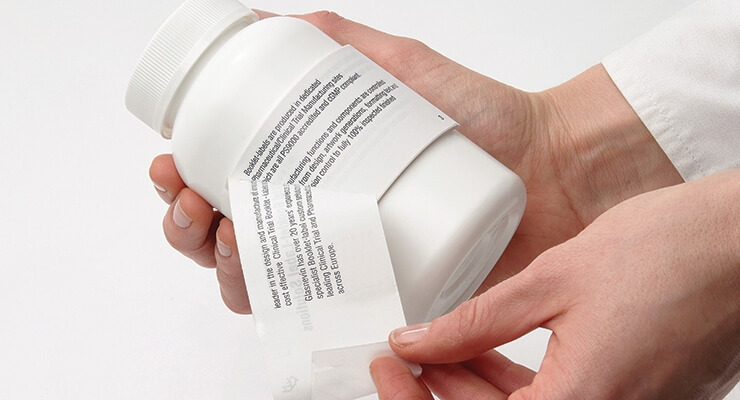Clinical trials are the backbone of medical advancements, providing the necessary data to approve new treatments and drugs. However, the integrity of these trials heavily relies on the proper packaging of clinical trial materials. Clinical trial packaging is a critical component that ensures the safety, compliance, and efficacy of the investigational products from production through to administration.
Ensuring Product Integrity
The primary goal of clinical trial packaging is to maintain the integrity of the product. This includes protecting the product from environmental factors such as light, temperature, and humidity, which can affect the stability and efficacy of the drug. For example, some drugs require refrigeration, and without proper packaging that includes temperature control, these drugs could become ineffective or even harmful.
Packaging materials must be carefully selected to ensure they provide the necessary protection. This often involves the use of advanced technologies such as barrier films, desiccants, and temperature indicators. Additionally, packaging must be robust enough to withstand transportation and handling, ensuring that the product reaches the clinical site in perfect condition.
Regulatory Compliance
Compliance with regulatory standards is another critical aspect of clinical trial packaging. Regulatory bodies such as the FDA and EMA have strict guidelines regarding the packaging and labeling of clinical trial materials. These regulations are designed to ensure patient safety and data integrity, and failure to comply can result in significant delays or even the termination of the trial.
Packaging must include accurate and clear labeling, which typically involves information about the product, dosage instructions, storage conditions, and patient information. This labeling must be consistent and unambiguous to avoid any risk of misinterpretation or misuse.
Furthermore, regulatory requirements often mandate specific packaging designs to prevent tampering and ensure traceability. This might include tamper-evident seals, unique identifiers, and barcodes. These features help in tracking and monitoring the product throughout its lifecycle, from production to administration.
Patient Safety and Compliance
Patient safety is the utmost priority in clinical trials, and proper packaging plays a vital role in achieving this. Mislabeling or inadequate packaging can lead to dosing errors, which can have serious implications for patient safety and the validity of the trial data.
To enhance patient compliance, packaging must be user-friendly and convenient. This might involve the use of blister packs, pre-filled syringes, or easy-to-open containers. Additionally, clear and concise instructions should be provided to ensure that patients can easily understand how to use the product correctly.
Moreover, innovative packaging solutions are being developed to improve patient adherence. For instance, smart packaging with built-in sensors can monitor and remind patients to take their medication on time, thereby enhancing compliance and improving the reliability of trial outcomes.
Conclusion
In conclusion, clinical trial packaging is a critical component that ensures the integrity, compliance, and safety of clinical trials. By selecting appropriate packaging materials, adhering to regulatory guidelines, and focusing on patient safety, the success of clinical trials can be significantly enhanced. As the field of clinical research continues to evolve, advancements in packaging technologies will play an increasingly important role in supporting the development of new and effective treatments.

